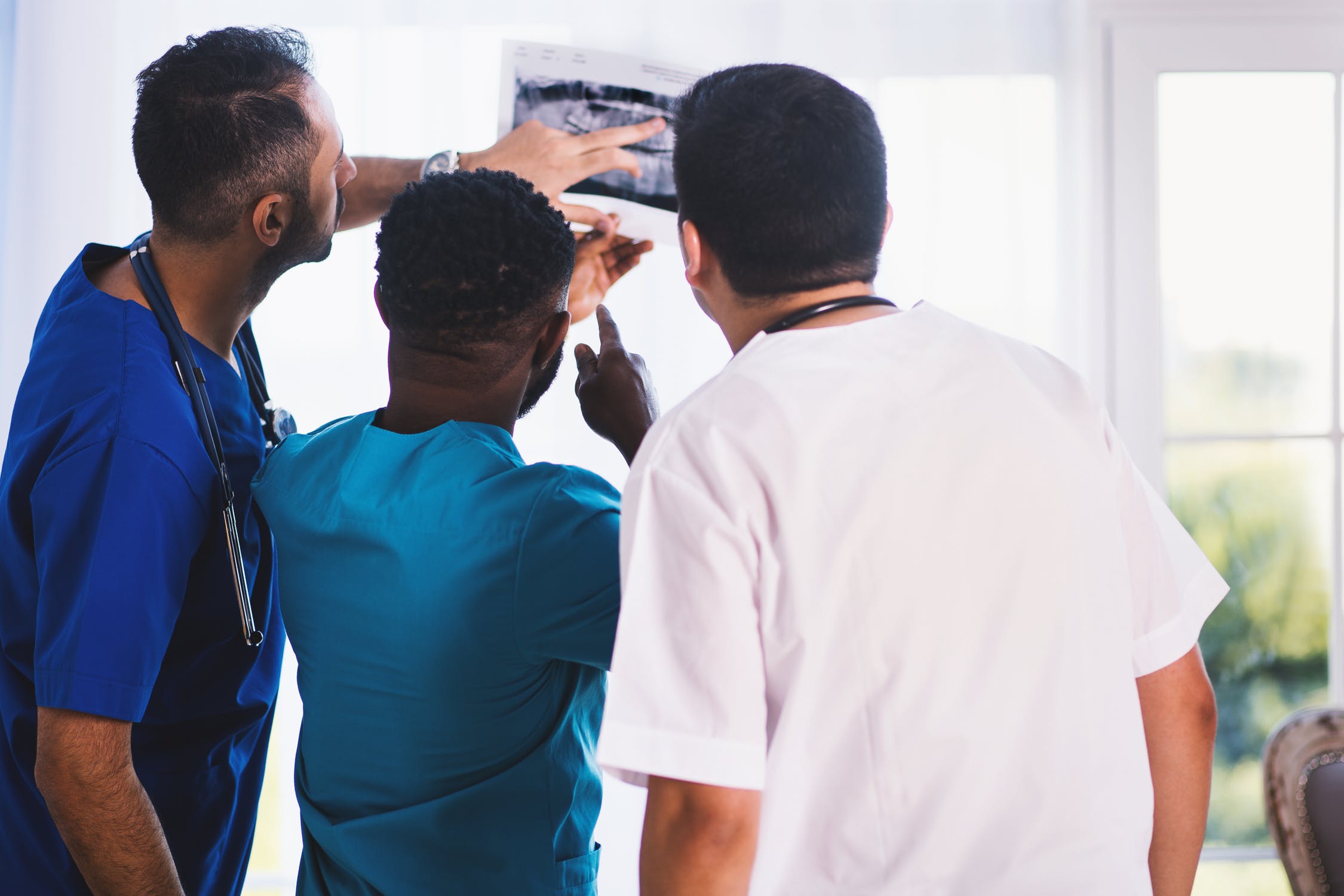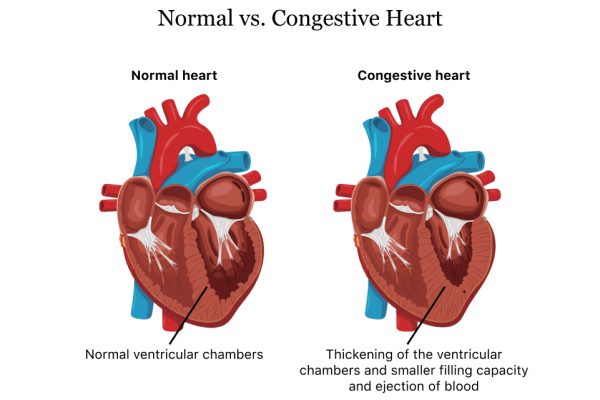Most of us are already familiar with FitBits and smartwatches. These are wearable devices that have some health-related aspects but are mostly geared towards fitness, social interactions, or entertainment. However, a recent conference on wearable technology was held and many experts believe there will be a big increase in the field of wearable medical technology.
Much of the technology already exists on the market. It’s simply a matter of ensuring it meets the high standards of quality required for medical devices. Examples of wearable tech with a medical purpose would include devices that monitor vitals, blood sugar levels, oxygen levels, or body temperature. Simply put, any device that could help a person monitor or improve their health would fall into this category
On one hand, many of the medical wearable devices that will soon hit the market will include generic sensors. They may not be any more capable than a smartwatch with a blood pressure sensor. However, we’ve also seen several companies that are planning to release specialized medical wearable devices with specific conditions in mind. Here are three of those devices that will be hitting markets within the next few years.
- iTBra
Roughly 1 out of every 8 women in the United States will develop invasive breast cancer at some point in their lives. That will be more than 260,000 cases this year alone in addition to more than 63,000 cases of non-invasive breast cancer. It’s well known that this is a significant problem. It’s made even worse by the fact that many women aren’t diagnosed until it’s too late.
Early detection is a crucial part of overcoming breast cancer while suffering minimal loss. But nobody is visiting the doctor every day to see if they’ve developed breast cancer. Instead, they rely on periodical exams with plenty of time in-between. And even then, not everyone receives exams as regularly as they should.
The iTBra is promising to be a game changer by putting the power back into the hands of the women. The device is composed of two patches that are worn inside the bra. The patches constantly monitor circadian metabolic changes in heat. These are changes that commonly take place when a breast tumor is present.
Information from the patches is streamed to a mobile device or personal computer. It can then be shared with a physician if need be. Thus, women are capable of staying on the alert for the signs of breast cancer without relying on regularly scheduled invasive exams. It’s also estimated that this wearable could lower the number of unnecessary breast biopsies that occur by at least 1 million.
- L’Oreal UV Sense
Every day, people around the world suffer from an overexposure to ultraviolet radiation. Most of them have no idea that it is a serious problem. They may be relaxing by the pool or working outside in the sun. At any rate, they aren’t taking the necessary steps to protect themselves from harmful UV rays. The associated risks include increased risk for skin cancer, cataracts, and decreased efficiency of the skin’s immune system.
L’Oreal is planning to release a wearable device that will bring attention to this growing problem. It’s currently called the UV Sense and it’s being manufactured by MC10, a company well-known for their innovative wearable technology.
The UV Sense is designed in the compact shape of a fingernail. It’s worn on the thumbnail and is only 2mm thick and 9mm in diameter. The thumbnail contains a sensor that is constantly monitoring UV exposure. It’s meant to be used for two weeks straight and then the data can be uploaded to a compatible smartphone app.
The goal is to help consumers understand the times of day when they are exposed to UV rays. They’ll get to see actual levels of exposure and the risks that come with it. They can then take the necessary steps to protect their skin during those peak times.
It’s very likely we’ll see this wearable tech designed in multiple variations. After all, most men won’t want to wear a fake thumbnail around, but they may still want to protect their skin. Some experts believe we’ll eventually have access to the tech as a device that can connect to our smartphones or smartwatches. The very compact design allows for a lot of possibilities.
- Neopenda
Every year, millions of infants die within their first month. More than 98 percent of those deaths occur in developing countries. In many cases, it’s because the infants are unable to receive the proper attention that they need. For example, some countries have such limited resources that they can not manually measure the vital signs of newborns as often as they should.
The Neopenda is an affordable solution to this serious problem. It’s currently only available in Uganda, but it’s extremely popular and will likely make its way to the rest of the world before long. The Neopenda is a small patch containing multiple sensors and is worn around the infant’s head.
This wearable is a 4-in-1 monitor of vital signs. It constantly measures the infant’s respiratory rate, peripheral blood oxygen saturation, pulse rate, and temperature. It uses rechargeable batteries and can transmit the data wirelessly to a smartphone or tablet. This makes it possible to constantly monitor the vitals of the infant without being in the room, which is particularly useful in countries where manpower is stretched very thin.
As of now, the Neopenda is still undergoing clinical trials and approval. The company was able to raise an impressive $600k to fund the design and manufacturing of the device. It’s very likely we will be seeing more of this wearable within the coming years. It may even become a favorite for parents who have infants at home.
A Changing Market
These are just three of medical wearable tech devices we’re looking forward to seeing over the following years. Several other companies have additional devices planned as well. These include devices that monitor for irregular heartbeats, devices that help the blind navigate safely, and more wearables designed for infants and young children.





